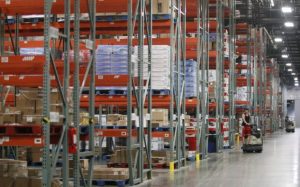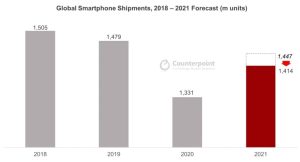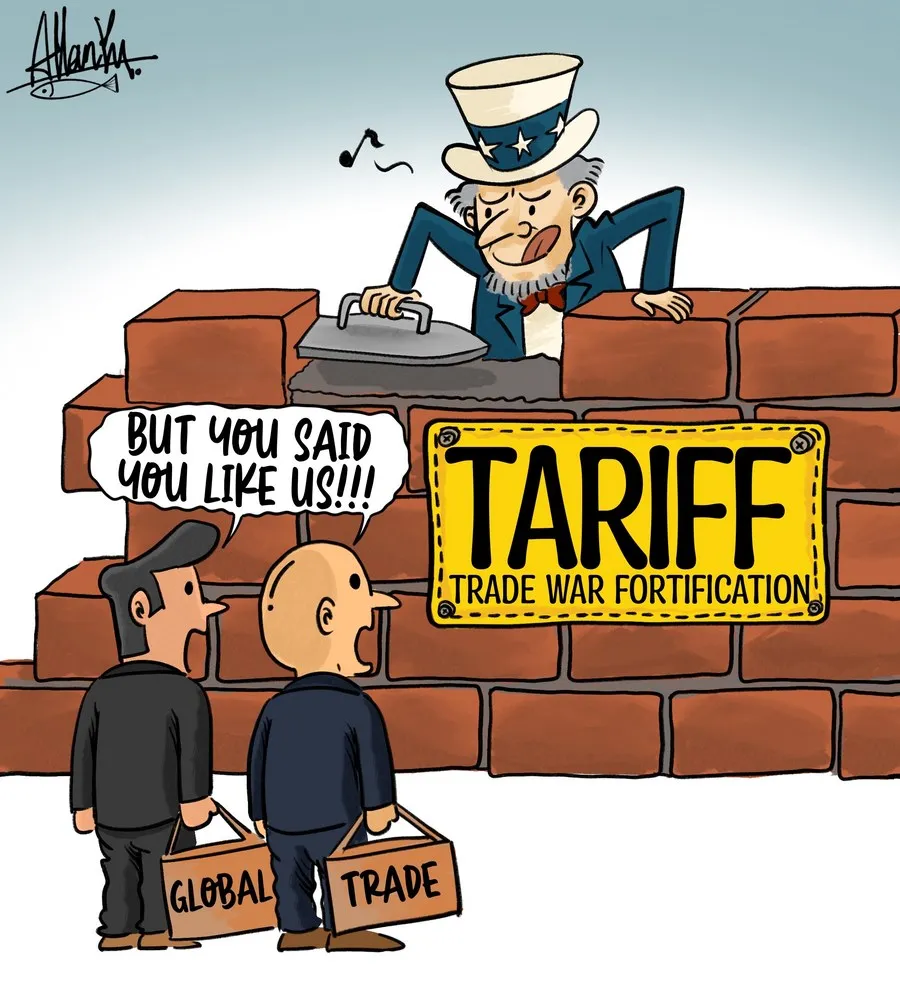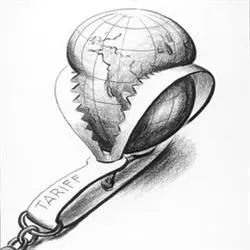Smartphones were in short supply at the end of 2021. I mentioned that Counterpoint Research lowered their forecast of global smartphone shipments from 1.45 billion units to 1.41 billion. Their study further suggested that smartphone OEMs only received 80% of the crucial components they need this year to manufacture phones during the second half of the year. Samsung was forced to cancel its Galaxy Note series and people had to wait weeks on end for a phone. Recent commercials have been circulating where Samsung is begging clients to bring in their old phones from any year, and in any condition, to upgrade to the newest model.
They ramped up production, but the demand was no longer there by the time the products arrived. Samsung now has 50 million phones in stock that they cannot sell. A new smartphone purchase is not necessarily on the list of priorities for most during rising inflation and a teetering recession. The company estimates that it will ship 270 million phones this year, but that leaves them with 18% in unsold inventory at best. Samsung noted that their lower-priced models make up the majority of idle inventory, indicating a sign of the times.
Samsung is not the only company suffering from supply now outweighing demand. Walmart, Gap, Target, and American Eagle all reported in their last earnings calls that they have more products than they can sell. The warehousing costs for idle inventory are leading some companies to consider reversing their return policy – here’s your money, keep the item.
“For every dollar in sales, a retailer’s net profit is between a cent to five cents. With returns, for every dollar in returned merchandise, it costs a retailer between 15 cents to 30 cents to handle it,” retail expert Burt Flickinger told CNN. This puts retailers at risk since many will abuse the policy. Sales and clearances on seasonal items are expected as the retail market is oversaturated with supplies that arrived too late.










